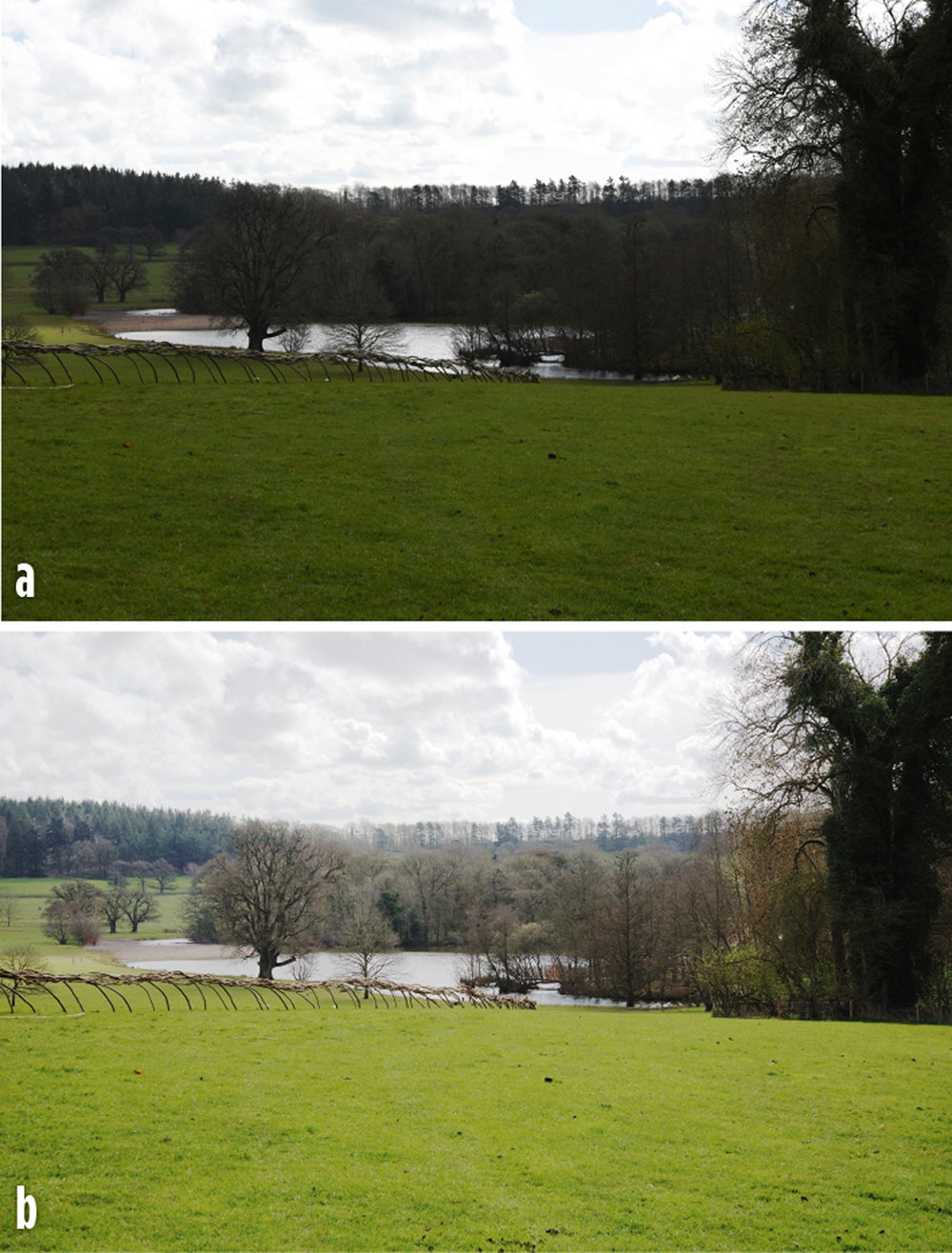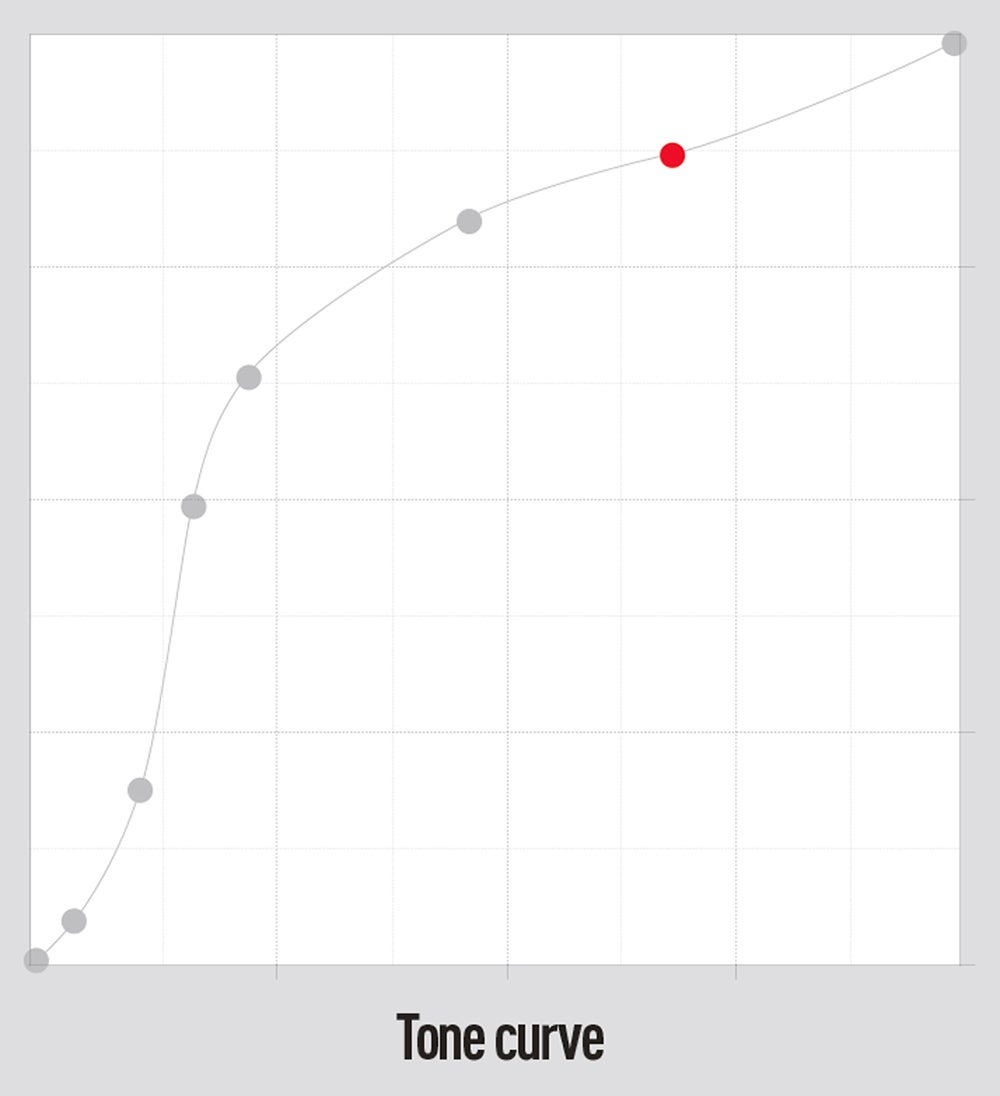How to manage exposure to maximise information rather than manipulate output brightness

Image ‘a’ would be considered ‘underexposed’ if exposed to control brightness, but it’s already losing information in the clouds as the green channel saturates. However, it can be restored to a more normal tonality (image ‘b’) using the tone curve. This maintains some detail in the clouds, which would have been lost given more exposure
Recently I put forward the view that in the digital age, the goal of managing exposure should be the maximisation of captured information, as opposed to manipulation of the output brightness. Having made the statement, the onus is on me to explain what I mean. This will be quite a hefty technical article, so if you want to avoid the gritty details, simply go to the conclusion.
The term ‘information’ is well defined by a branch of science called ‘information theory’. The American scientists Claude Shannon and Harry Nyquist developed this theory in the 1940s as they endeavoured to understand just how much information can be sent down a communication channel. Since the path from camera to viewer is a ‘communication channel’, it applies very well to photography.
The unit of information is a ‘bit’ or, more formally, the ‘Shannon’, and is defined as the information content of an event that has a probability of 50%. More simply, if something can take one of two values, then it contains a bit of information. So, we can apply this to a pixel in an image. If that pixel can have one of two values, it contains one bit of information. If it can have one of four values, it contains two bits of information. Modern raw files can encode either 12 or 14 bits of information for each pixel, so all we need to do to find the amount of information in an image is multiply the number of bits per pixel by the number of pixels. However, this is not the amount of information actually captured – it is the maximum that the camera can capture. The actual information is limited by two factors: the noise and the amount of light incident on the sensor.
Noise is uncertainty, or randomness added to the signal. If we consider an image measured in raw file units, if the noise or uncertainty is four units, then the measured values of zero to four units could represent an expected value of anywhere between zero to four. We cannot tell which. So, effectively, the noise has cancelled the information content of two bits – which would usually encode four different possibilities.
Next, we look at the top end of the scale. If the exposure that is set is insufficient for any part of the image to reach the full allocation of raw file units (4,096 for a ‘12-bit’ camera or 16,384 for a ‘14-bit camera’), then there is no possibility of those values occurring, so again the information is reduced. For example, if we set an exposure where the maximum possible pixel value is 1,024, then we will only have 10 bits of information in each pixel. If that were combined with the loss of two bits due to noise, we’d be down to 8 bits per pixel.
Thus, managing exposure to maximise information is, at least in theory, very simple. You maximise the exposure. It is much easier to follow than the inscrutable task of finding the ‘correct’ exposure when trying to use exposure to manage output image brightness. Of course, nothing is that simple. There are always factors that stop you having as large an exposure as you’d want, like eschewing camera shake or desiring deep depth of field, but at least the trade-off is obvious.

Bob Newman is currently Professor of Computer Science at the University of Wolverhampton. He has been working with the design and development of high-technology equipment for 35 years and two of his products have won innovation awards. Bob is also a camera nut and a keen amateur photographer.




